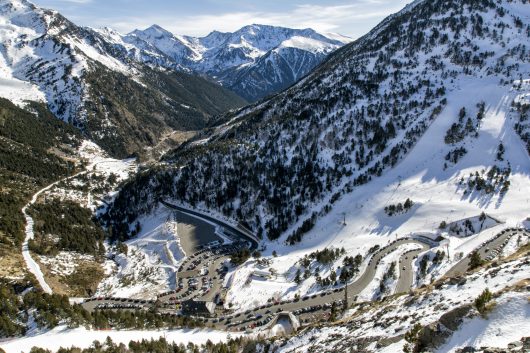Poverty in Andorra

Andorra is a mountainous region located between France and Spain, officially a principality with two co-princes and its own constitution. Known for having lavish skiing attractions, Andorra had a 2014 GDP of $3.28 billion. With a population of just 85,000, this gives Andorra the ninth-highest GDP per capita in the world, at about $53,000. No data exists on poverty in Andorra, but it is generally assumed to be nonexistent.
Andorrans enjoy a high standard of living and have the highest life expectancy in the world, at 83.5 years. Most exports consist of technology equipment such as integrated circuits and orthopedic appliances, along with another stream of revenue, briquette sales. GDP has risen steadily since 2013, partially due to austerity measures.
Dominated by an urban population, only five percent of the region’s land is arable. That is why most food has to be imported from other countries. Prior to tourism, agriculture was the leading stream of revenue as tobacco was sold.
Major sources of income now include tourism and retail sales on products like perfume because of the country’s duty-free status. These are the primary sources of wealth and account for three-quarters of GDP.
The government of Andorra did a good job stabilizing its economy after the steady decline in tourism that occurred after 2010. Relaxation of the residency and investment laws contributed to the country’s attractiveness to foreign visitors, however now its relatively small housing market is among the many around the world affected by speculation.
With lavish hotels and a change in laws, stabilization of tourism was able to occur. Even with a negative trade balance, poverty in Andorra is minimal and the country is projected to continue to rise in GDP into 2017. Taking the appropriate steps helped the Andorran economy recover.
– Nick Katsos
Photo: Flickr
